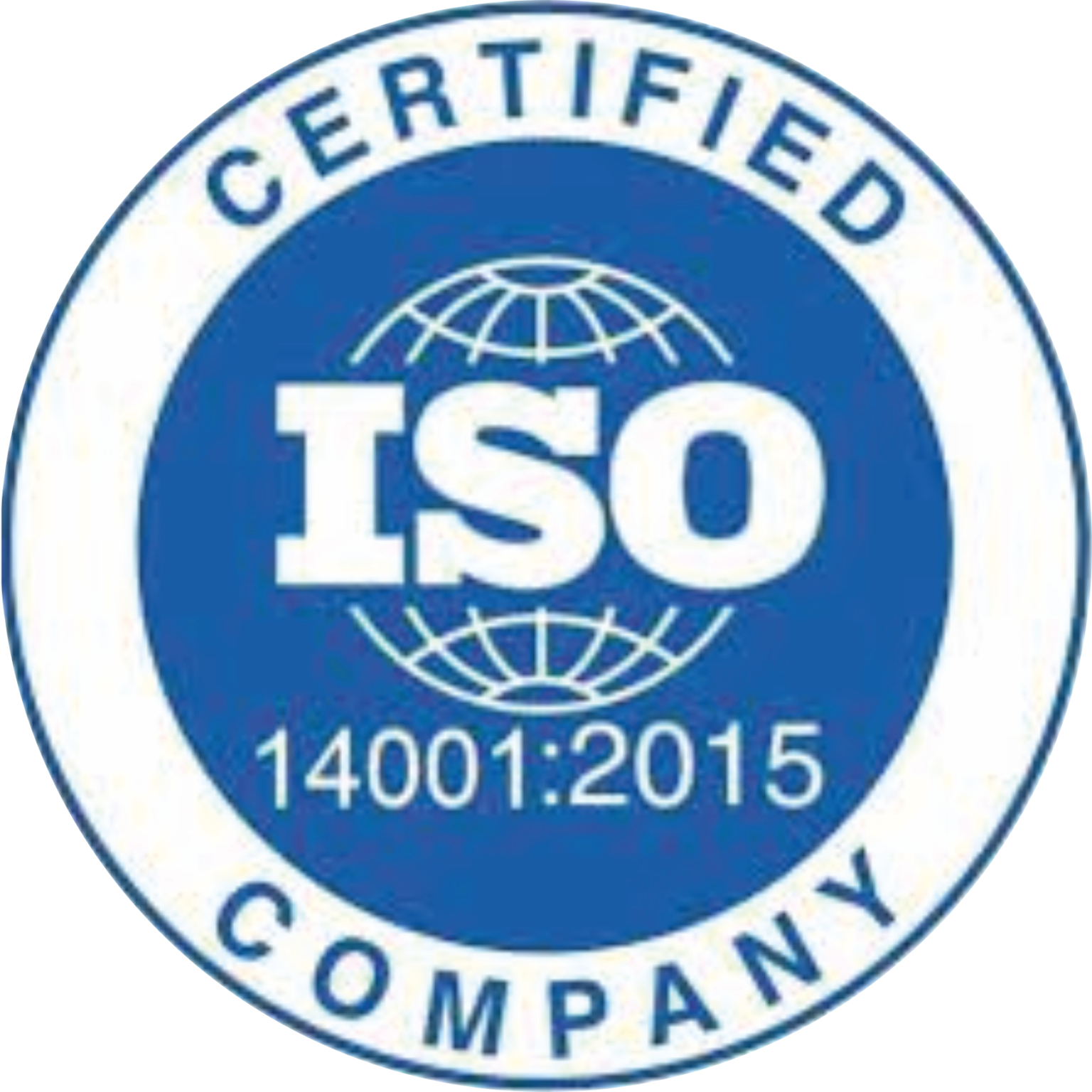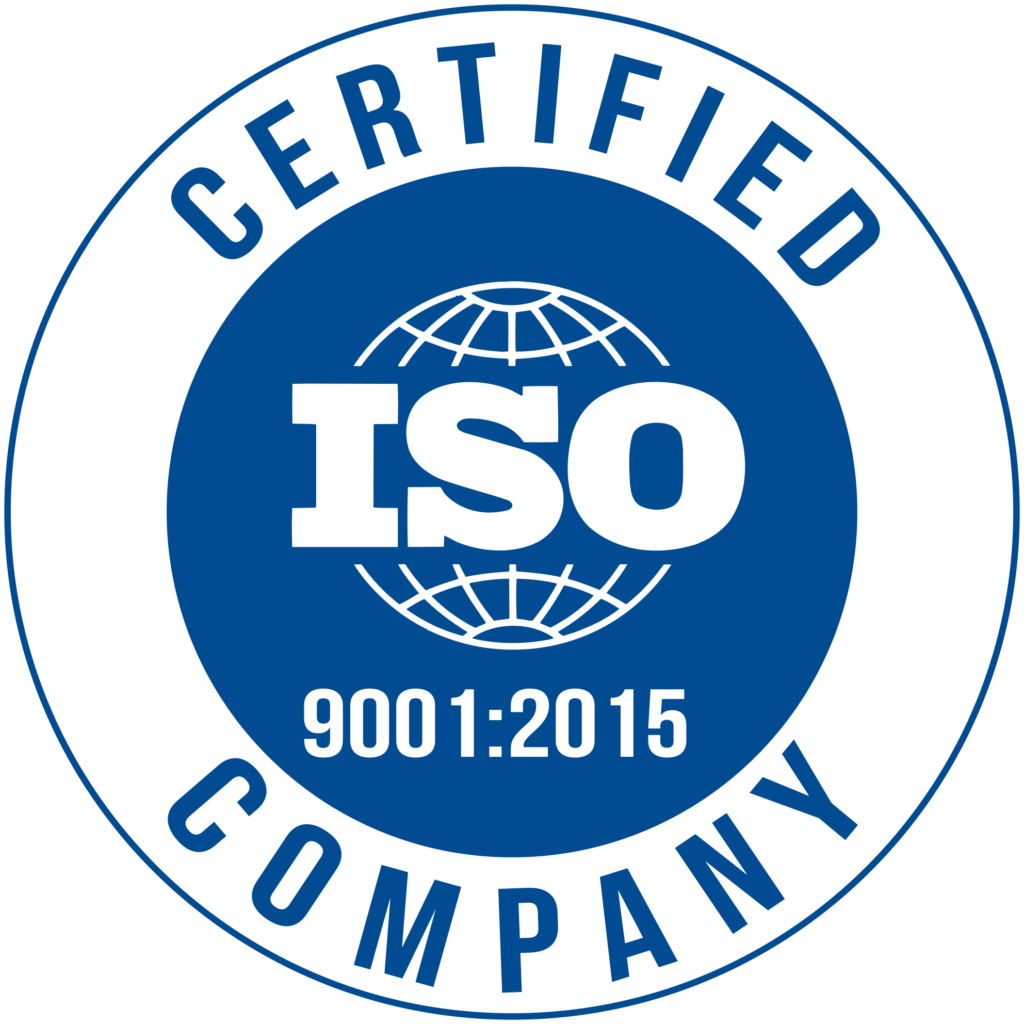What Are Structured Packing Materials Used For?
This pillar blog will explore the working principle of mist eliminators, focusing on their role in oil and gas filtration systems. We’ll also compare different types, including vane-type mist eliminators and oil mist eliminators, and how they contribute to cleaner air and more efficient operations.
In modern industrial processes, efficiency and performance are critical in separation and mass transfer operations. One of the most widely used solutions in this domain is structured packing. Whether in chemical, petrochemical, or environmental applications, structured packing offers superior performance compared to traditional packing methods. This blog will explain what structured packing materials are, how they work, their advantages, and why industries increasingly prefer them over alternatives like random packing.
What is Structured Packing?
Structured packing refers to pre-arranged, engineered packing materials placed inside distillation or absorption columns to facilitate better contact between liquid and vapor phases. Unlike random packing, which is haphazardly loaded, structured packing is arranged in a systematic pattern, ensuring optimal fluid distribution and minimizing pressure drop.
These materials are often made of metals, ceramics, or plastics, and their design maximizes surface area while allowing efficient fluid flow.
How Does Structured Packing Work?
The working principle of structured packing in distillation column systems relies on increasing the surface area and promoting effective contact between vapor and liquid. As the vapor rises and the liquid flows down over the structured packing, mass transfer occurs more efficiently, enhancing the separation of components based on their volatilities.
Key mechanisms include:
Enhanced surface contact: Corrugated or honeycomb patterns maximize contact between phases.
Uniform liquid distribution: Channels and ridges guide the liquid evenly, preventing channeling.
Reduced pressure drop: Systematic arrangement ensures lower resistance to vapor flow compared to random packing.
Structured Packing Column Design: What to Consider
Designing a structured packing column requires careful attention to several factors:
- Column Diameter and Height: Proper sizing ensures that vapor and liquid flows maintain optimal interaction.
- Material Selection: Metals, ceramics, or plastics are chosen based on chemical compatibility, temperature, and corrosion resistance.
- Packing Size and Geometry: Different structured packing types—corrugated sheets, grids, or saddles—affect efficiency, capacity, and pressure drop.
- Flow Rates: Proper liquid and vapor flow rates prevent flooding and ensure maximum mass transfer efficiency.
By optimizing these design parameters, engineers can achieve higher separation efficiency and lower operational costs.
Structured Packing vs Random Packing
| Feature | Structured Packing | Random Packing |
| Arrangement | Systematic, engineered | Randomly placed |
| Surface Area | High, uniform | Moderate, uneven |
| Pressure Drop | Lower | Higher |
| Separation Efficiency | Higher | Lower |
| Maintenance | Easy to clean | Can be harder to maintain |
Types of Structured Packing
There are several structured packing types, each suitable for specific applications:
- Metallic Structured Packing: Typically stainless steel, ideal for high-temperature and corrosive environments.
- Ceramic Structured Packing: Provides excellent chemical resistance, often used in strong acid or high-temperature processes.
- Plastic Structured Packing: Lightweight and corrosion-resistant, used for lower temperature processes or acid gas absorption.
- Wire Mesh Packing: Fine mesh that enhances surface area, commonly used in vacuum distillation or gas absorption towers.
Applications of Structured Packing Materials
Structured packing materials are widely used in various industries, including:
- Chemical Industry: Distillation columns, absorption units, and stripping operations.
- Petrochemical Industry: Fractionation of crude oil and refining processes.
- Environmental Applications: Gas scrubbing, wastewater treatment, and air pollution control.
- Pharmaceutical Industry: Separation and purification of chemical compounds.
By using structured packing, industries achieve better product purity, energy efficiency, and operational reliability.
Choosing Structured Packing Manufacturers
When sourcing structured packing, selecting reputable structured packing manufacturers is critical. Key factors to consider include:
- Material quality and compliance with industry standards
- Customization options for column dimensions and process conditions
- Proven performance in similar industrial applications
- After-sales support and technical assistance
Partnering with trusted manufacturers ensures long-term efficiency, durability, and cost savings.
Structured packing materials are essential for optimizing industrial processes, particularly in distillation and absorption operations. With higher efficiency, lower pressure drop, and diverse material options, structured packing offers significant advantages over traditional packing methods. Whether you’re designing a structured packing column or upgrading your separation system, understanding the types, applications, and design considerations is crucial for operational success.
For reliable solutions and expert guidance, explore one of the trusted structured packing manufacturers for various industrial applications.
FAQ'S

Need Help?
We're Here for You!
Got a question or need assistance? Our team is ready to help you every step of the way. Reach out to us, and we’ll get back to you as soon as possible!





